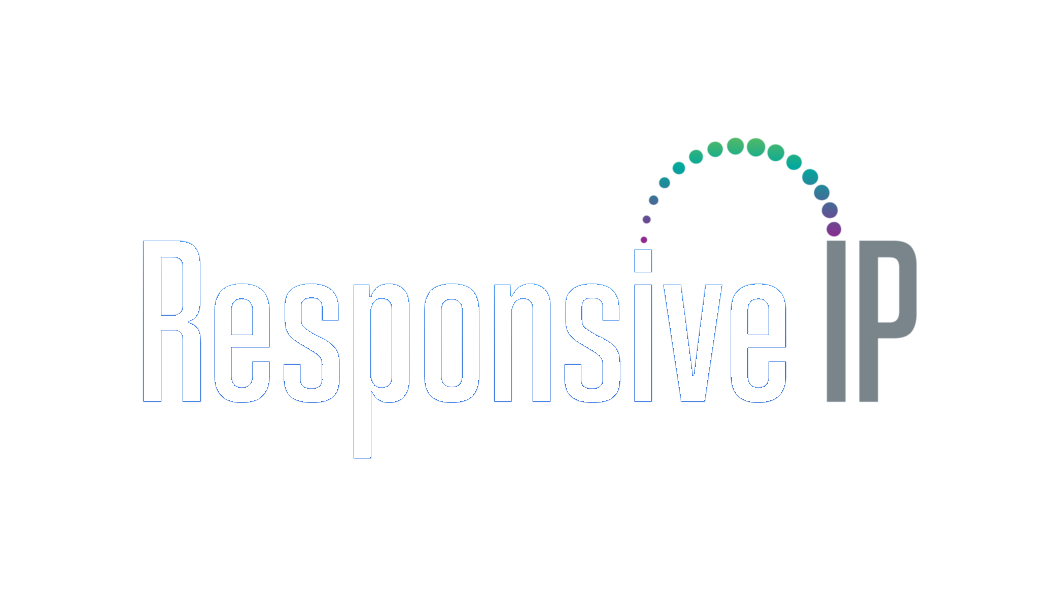Dropped VoIP Calls: Causes and fixes
Introduction
Dive into the world of Voice over Internet Protocol (VoIP) as we unravel the mysteries behind “Dropped VoIP Calls: Causes and Fixes.” In this comprehensive guide, we’ll explore the intricacies of VoIP technology, shedding light on common culprits causing dropped calls and providing practical solutions to ensure uninterrupted communication.
Understanding VoIP
To comprehend the challenges of dropped VoIP calls, it’s crucial to understand the fundamentals of VoIP. Voice over Internet Protocol transmits voice and multimedia content over the internet, revolutionizing communication. This section outlines the significance and workings of VoIP, setting the stage for a deeper exploration.

Common Causes of Dropped Calls
Network Issues
Delve into the impact of network instability on VoIP calls, highlighting how sporadic connections can lead to frustrating call drops. Discover the importance of a robust network for seamless communication.
Environmental Interference
Unravel the influence of external factors such as weather conditions and physical obstructions on VoIP calls. Learn how environmental interference can disrupt communication and explore mitigation strategies.
Router Configuration
Navigate the intricacies of router settings, understanding their role in maintaining stable VoIP connections. Gain insights into optimizing router configurations for a smoother communication experience.
ISP Troubleshooting
Examine the challenges posed by Internet Service Providers (ISPs) and discover troubleshooting techniques to address connectivity issues affecting VoIP calls.
Quality of Service (QoS)
Understand the significance of Quality of Service in VoIP communication. Learn how prioritizing data traffic ensures a consistent and high-quality voice experience, reducing the likelihood of call drops.
Firewall Settings
Demystify the impact of firewall configurations on VoIP calls. Explore the delicate balance between security and seamless communication, uncovering ways to configure firewalls for optimal performance.
Hardware Issues
Identify potential hardware-related problems causing dropped VoIP calls. From malfunctioning devices to outdated equipment, this section offers solutions to keep hardware woes at bay.
Software Glitches
Navigate through the realm of software bugs that may plague VoIP systems. Discover troubleshooting techniques and preventive measures to mitigate the impact of software-related issues.
Upgrading Equipment
Highlight the importance of keeping devices up-to-date in the fast-paced world of technology. Explore how upgrading equipment contributes to the prevention of dropped VoIP calls.
Network Security Measures
Emphasize the need for a secure network environment to safeguard VoIP communication. Uncover best practices and security measures to protect against potential threats.
User Education
Empower users with knowledge on best practices for VoIP calls. This section focuses on educating individuals to minimize user-related issues leading to dropped calls.
VoIP Service Provider Assistance
Explore the support avenues provided by VoIP service providers. Understand how seeking assistance can be instrumental in resolving complex issues and ensuring a smooth communication experience.
Optimizing Wi-Fi Connections
Delve into the nuances of Wi-Fi setups and their impact on VoIP calls. Provide insights into optimizing Wi-Fi connections for enhanced call quality and fewer disruptions.
VoIP Call Monitoring Tools
Introduce readers to tools that aid in monitoring and troubleshooting VoIP calls. From diagnosing issues to ensuring a proactive approach, these tools play a crucial role in maintaining call stability.
Conclusion
In conclusion, “Dropped VoIP Calls: Causes and Fixes” is a comprehensive guide to navigate the challenges of VoIP communication. By understanding the intricacies of network issues, environmental interference, and adopting proactive measures, users can enjoy uninterrupted and crystal-clear VoIP calls. Stay connected, stay informed, and bid farewell to dropped calls.
FAQs
Q: How can I optimize my router settings for VoIP calls?
Ensure a stable VoIP connection by adjusting router settings, prioritizing voice traffic, and securing a dedicated bandwidth for VoIP applications.
Q: What role does Quality of Service (QoS) play in preventing dropped calls?
QoS ensures a consistent and high-quality voice experience by prioritizing VoIP data traffic, reducing the risk of disruptions in communication.
Q: Are there specific tools to monitor and troubleshoot VoIP calls?
Yes, various VoIP call monitoring tools help diagnose issues, track call quality, and ensure proactive management for a seamless communication experience.
Q: How can users contribute to preventing dropped VoIP calls?
Users can play a proactive role by staying informed about best practices, upgrading devices, and reporting issues promptly to their VoIP service providers.
Q: What steps can I take to secure my network for VoIP communication?
Implement robust security measures, such as firewalls and encryption, to safeguard your network against potential threats and ensure secure VoIP communication.
Q: Is environmental interference a significant factor in dropped VoIP calls?
Yes, environmental factors like weather conditions and physical obstructions can impact VoIP calls. Understanding and mitigating these interferences is essential for call stability.

